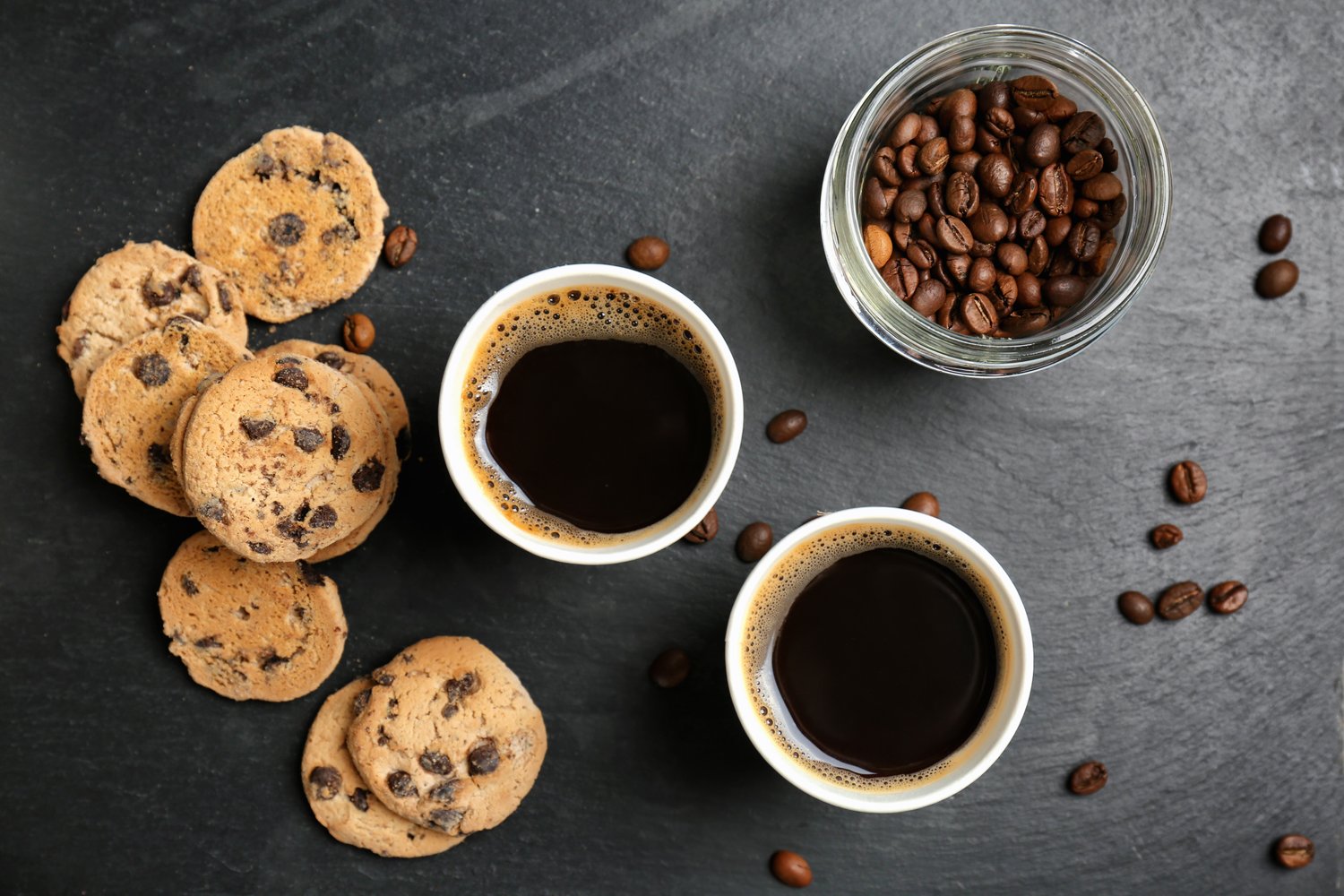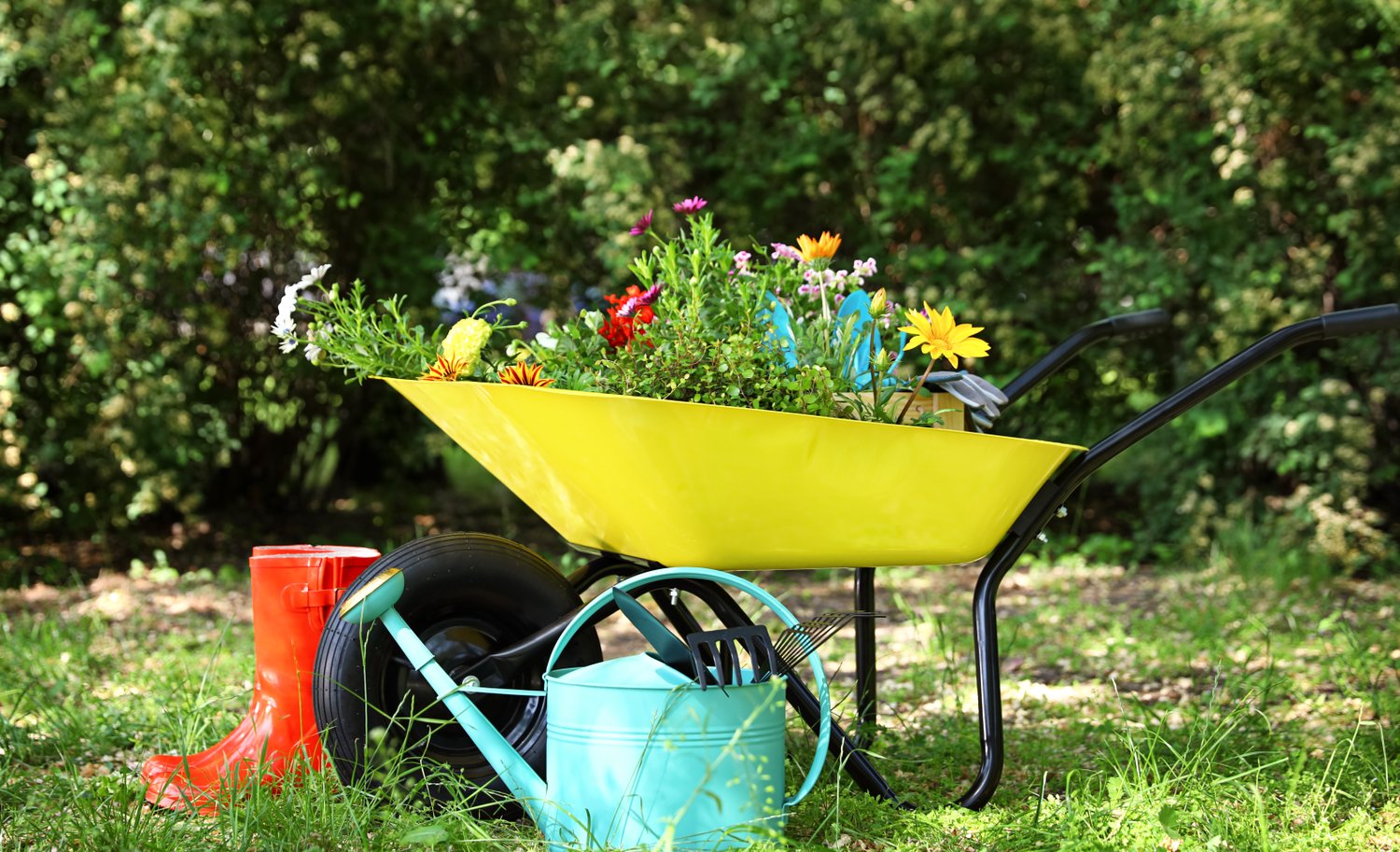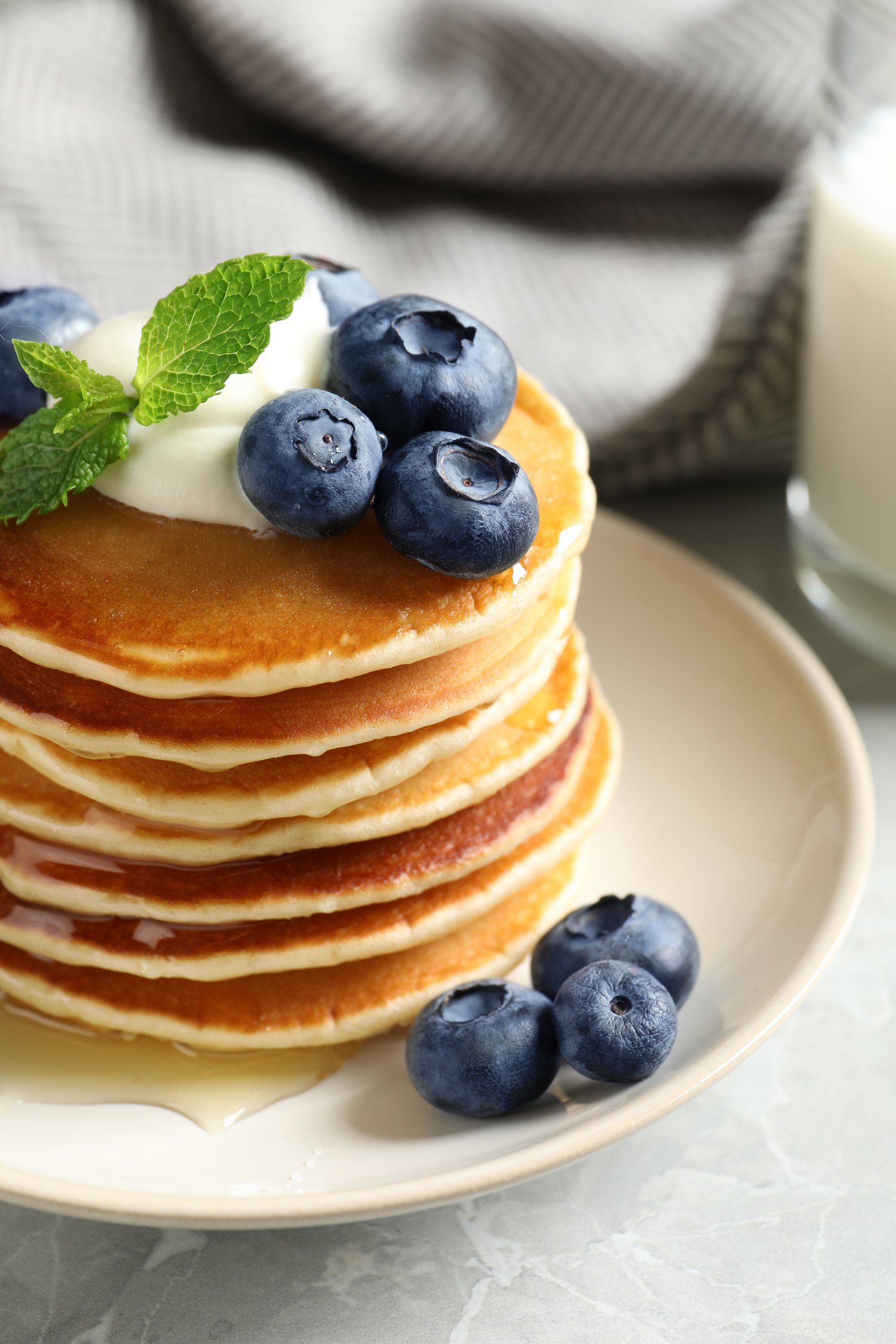Espresso or americano, flat white or cafe-latte, cappuccino or macchiato - it's all about coffee, one of the most popular drinks of all time. Unfortunately, nobody exactly knows how or when coffee was discovered, though many legends about coffee’s origin exist nowadays.
A brief history of coffee
According to the most popular legend of how coffee was invented, the tonic coffee properties were discovered by Kaldi, the Ethiopian goat herder. He noticed that goats became agitated for no reason, especially in the nighttime, when they ate thick leaves and dark red berries from a coffee tree during the day. Kaldi shared his observations with the local monastery abbot, and he decided to try them too. The abbot was so impressed by the impact of coffee berries decoction that he shared his knowledge with the monks, who found it helpful when they felt sleepy during evening and night prayers. Later on, the monks learned that the drink would taste better if coffee beans were roasted and ground.
The word about mighty berries spread and traveled toward the East, where Arabs noticed the coffee trees and started cultivating them. Coffee became popular in the Ottoman Empire in the 17th century. In Europe, coffee became famous only by the end of the 17th century, and people felt suspicious about it, calling it "The drink from Satan" as it gave energy. The local clergy condemned coffee when it came to Venice in 1615. The controversy was so great that Pope Clement VIII had to intervene. He tasted the beverage for himself before deciding and found the drink so satisfying that he gave it papal approval.
In the middle of the 17th century, coffee reached New York and became the most popular drink. The famous words "Coffee - the favorite drink of the civilized world." belong to Thomas Jefferson, the 3rd US President.
Nowadays, coffee is the second most popular drink after water; 2.25 billion coffee cups are consumed daily. In addition, coffee has its holiday celebrated every October 1st and is called International Coffee Day.
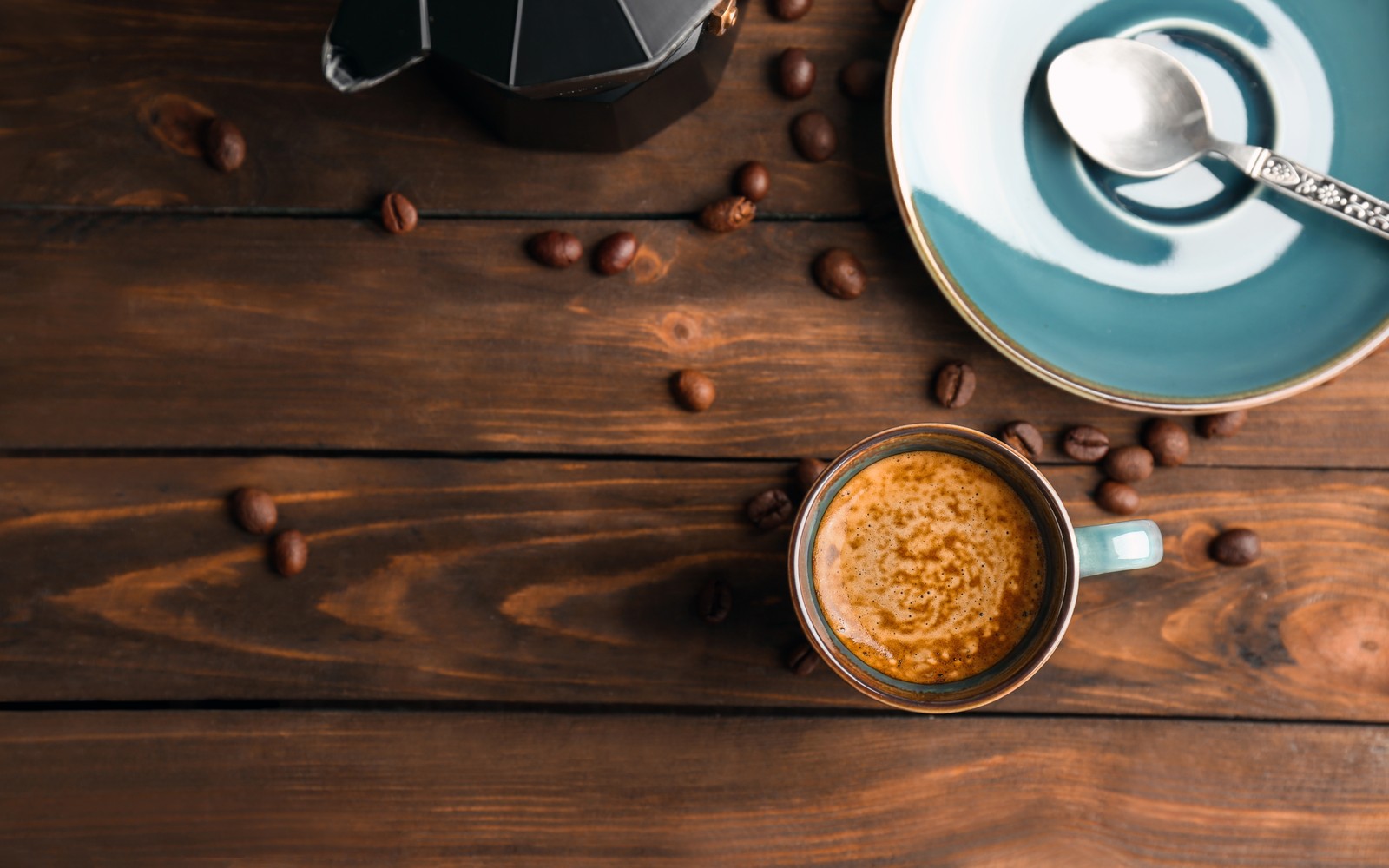
Coffee variety
As we know, there are many kinds of coffee. However, the most famous beans are Arabica and Robusta.
Robusta coffee comes from Kongo, simple to cultivate. Its beans have a round shape and contain twice as much caffeine as Arabica. Since the original flavor is quite bold and bitter, the beans are mixed with other varieties for a more intense and full flavor with delicate notes.
Arabica coffee, as its name suggests, comes from Arab countries. The trees are whimsical in care; their beans have an oblong shape and have less caffeine but are rich in essential oils, giving them slight acidity. Arabica beans are usually mixed with other varieties for a more pronounced and strong flavor.
As we know, the coffee beans are getting roasted to get rid of essential oils and gain a pleasant flavor that we all know thanks to caramelization.
There are few kinds of roast:
- blonde: beans are getting light brown color once roasted and are slightly acidic in taste;
- medium: tastes sour, sweet, and bitter at the same time. One of the most balanced roasts;
- medium-dark: sweet and bitter with the slightly sour aftertaste;
- dark: bittersweet flavor and almost no acidity;
- extra dark: deep bitter taste with a sweet aftertaste, acidity is absent.
Once the roast is done, the next step is to grind. There are such varieties as coarse, medium, fine, and in-between grinds, depending on how you make your coffee. Coarse to medium are suitable for french press or drip, medium to fine are good for coffee machines, and fine grind is perfect for cezve.
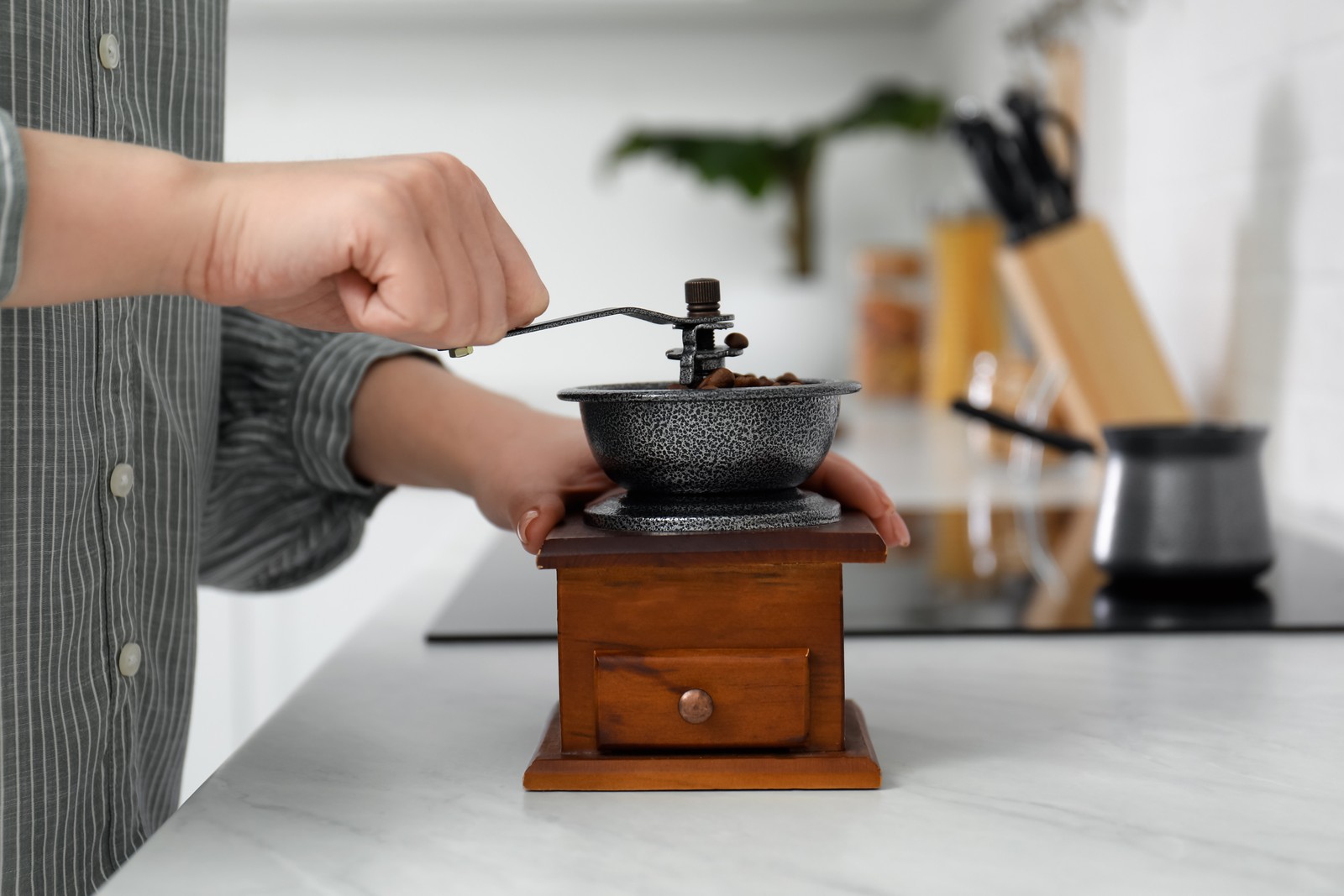
If you have ever doubted what to order from a barista because you were not familiar with the differences in coffee drinks, we may help you here. Espresso may take the leading position, but other famous drinks such as cappuccino, latte, cafe au lait, ristretto, flat white, and americano are pretty common and have milk or water as the base or both.
So let's figure it out:
- Espresso: a concentrated form of coffee served in small, strong shots. It also makes the base for many other coffee drinks;
- Cappuccino: breakfast drink that consists of equal parts espresso, steamed milk, and milk foam;
- Latte: espresso base is mixed with 6to 8oz of steamed milk then topped with milk foam;
- Flat white: highlights the espresso flavor by using a thin layer of steamed milk and thick, velvety foam over an espresso base;
- Cafe au lait: no espresso shot but brewed coffee with the addition of milk, usually 1:1 but may be adjusted to the preference;
- Ristretto: a very short (or highly concentrated) shot of espresso served in an espresso cup. It is extracted using the same amount of ground coffee as the espresso but comes from a finer grind and about half the water;
- Americano: adding water to an espresso shot.
Please look at our collection of pictures to have an idea or maybe get some inspiration for brewing your next coffee. If your business is related to coffee, you may buy our good-quality stock images for your next website upgrade.

Coffee contents
Coffee contains proteins, carbs, fats, organic acids and is rich in mineral salts of iron, calcium, potassium, phosphorus, and vitamins. Note that instant coffee has fewer benefits than a fresh brew, so we recommend choosing the latter.
The most active component of every coffee drink is caffeine, which is a living body system pathogen. It improves the work of the brain, accelerates the work of the heart, and stimulates the gallbladder's activity. However, if consumed excessively, the drink may cause tremors, high blood pressure, heartburn, and even insomnia. Drink your coffee in moderation for maximum benefits.
Benefits of a daily coffee dose:
- It stimulates the nervous system by blocking adenosine which registers your tiredness. It enables dopamine, noradrenaline, and adrenaline production, which are in charge of energy levels, good mood, and overall cognitive function (speech, memory, thinking, etc.)
- You may improve your physical performance by 10-12% due to adrenaline production, with a bonus of fat burn due to metabolism increase. It is recommended to have one coffee an hour before your gym session. Also, it is a quick rescue for people with low blood pressure levels.
- It improves blood circulation and stimulates the work of the heart, brain, and kidneys. A cup a day prevents liver cirrhosis and Parkinson's disease, reduces adverse effects caused by smoking and risks of getting colon cancer.
- Reduces stress levels and decreases chances of getting clinical depression due to serotonin and dopamine production, improving memory and creativity.
- It is an excellent painkiller and antibiotics enhancer.
More than 20,000 scientific works are dedicated to the subject and are still ongoing, but it's already proven there are more pros than cons when it comes to your favorite energy drink. Just come to think, the pleasure we get from a fresh brew may not be measured or replaced; it is a part of the breakfast routine for most of the people in the world. So, let's enjoy our drink of the day.
---
Africa Images is a passionate team of professionals. Our goal is to make africaimages.com the best place to buy visual materials taken by Africa Studio for individual, business, and non-commercial projects, including but not limited to informational, educational, cultural, and scientific uses.
